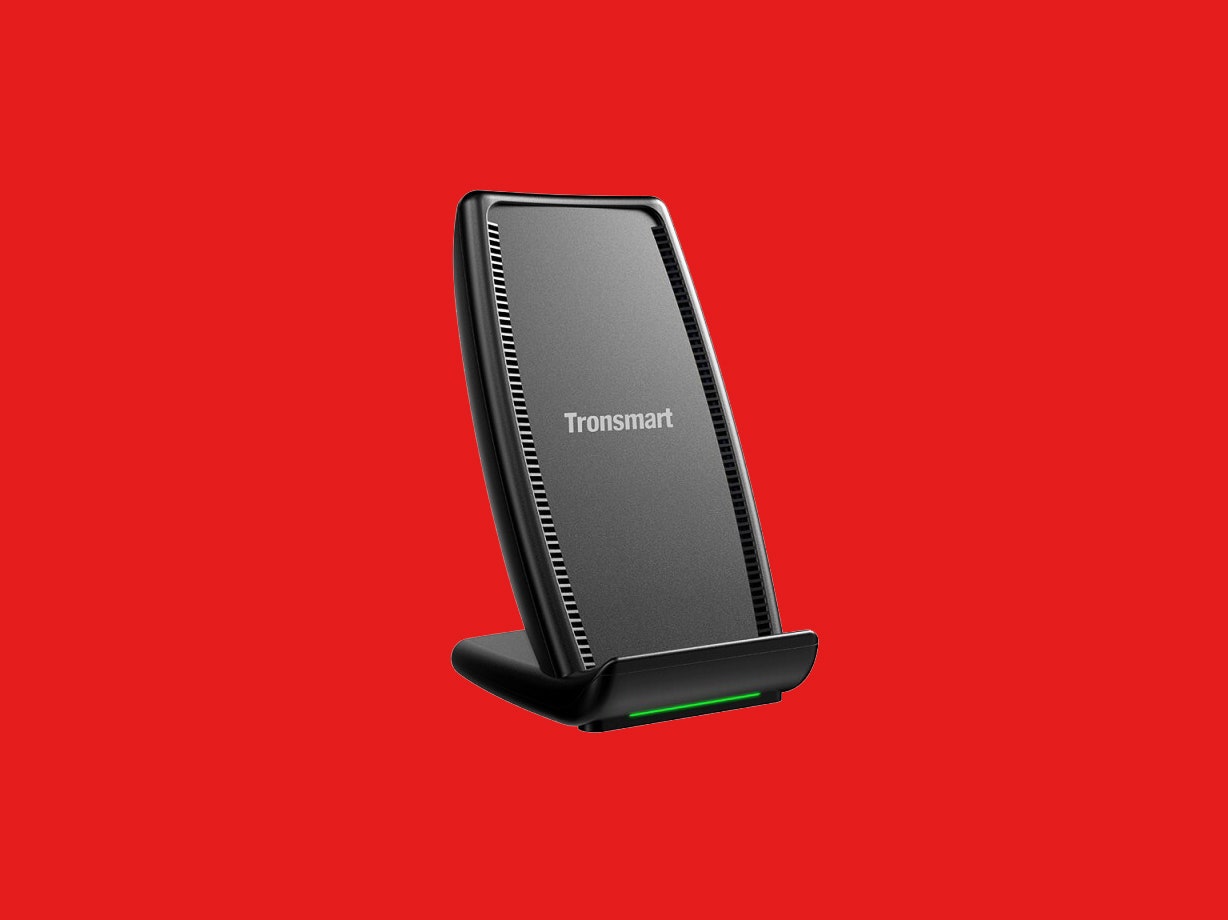If you buy something using links in our stories, we may earn a commission. This helps support our journalism. Learn more. Please also consider subscribing to WIRED
Smartphones have advanced in so many ways over the past half decade—but battery life isn’t one of them. Most phones still need a daily charge, and the easiest way to accomplish this tiresome chore is to make it a part of your bedtime routine. The trouble is, my wife and I often go to bed at different times, and neither of us appreciates the sound of the other scrambling to find the charger or turning on the lamp to plug it in properly.
That’s why we want a good wireless charger—just a simple pad or stand you can place your phone on. Who cares if it takes longer to recharge if I’m sleeping?
Convinced that a couple of wireless chargers would take us a step nearer marital bliss, I started trying out products. That was about five years ago. We’ve tested more than 40 different wireless chargers since then, and we're still looking.
When I began my search, wireless chargers had single-coil designs that necessitated surgical placement. Put your phone down a half-inch off to one side, or bump the nightstand while climbing into bed, and you’ll wake up to a dead battery.
Thankfully, placement has become more forgiving as charging technology has improved and multi-coil designs have rolled out. But straying too far from the sweet spot or having a case on your phone can cause wireless chargers to generate a lot of heat, and heat is the enemy of a healthy battery. To combat this, many manufacturers include fans that make a tiny whirring sound.
The whir of a tiny fan is certainly irritating, but at least it serves a practical purpose. Unfortunately, many chargers also emit a high-pitched whine or buzzing sound. It’s the kind of noise you wouldn't notice in a busy office but can drive you nuts in a dark bedroom. One of the first wireless chargers I tried also emitted a loud beep when the phone was fully charged—a "feature" that got it expelled from our bedroom at high velocity.
Sound isn't the only problem. Your phone needs stability too. A good wireless charger should have some kind of grips, so it stays on the surface it sits on, and so it holds onto your phone. On some models, a slippery phone can slide itself off, and on others all it takes is a slight bump to send your phone clattering onto the nightstand, cruelly rousing your significant other from their blissful slumber.
Finally, it’s amazing how many wireless chargers sport an unnecessary LED on the front that’s bright enough to see through your eyelids. Why I need a colored light on something that’s permanently in place and plugged in is beyond me.
Sometimes these LEDs flash in different patterns and colors, but they always fail to tell me anything useful. Either a wireless charger is working or it’s not, and my phone screen tells me immediately when I place it on the charger. There's no need for a lit-up indicator. I could slap on a tiny piece of duct tape to snuff that light out, but it’s an inelegant, ugly solution.
Almost every charger we’ve tried has let us down on sound, light, or stability, sometimes the complete trinity. The only charger I’ve found that works the way I want is Google’s Pixel Stand. Because it’s a stand, it’s easy to achieve perfect placement even in the dark. A soft-touch finish and corrugated ridge hold your phone in place. There is a light, but you can configure it so the stand and your phone go into do-not-disturb mode when docked, which means no sound and no light. The catch? It costs $79, and most of its features work specifically with a Google Pixel phone.
For now, the Pixel Stand has claimed a place on my nightstand, but the search continues for my wife. She needs something that can charge her iPhone and Apple Watch simultaneously. Apple’s canceled AirPower charger would have been perfect. Even the new Nomad Base Station Pro ($230), which lets you charge multiple devices without the need for pinpoint accuracy, won’t work for her. It doesn’t support the Apple Watch. (Though an accessory for it should come at some point in the future, supposedly.)
We’re currently testing the AirUnleashed, which emulates the pad that Apple teased. It’s mercifully free of lights and sounds, but there’s a specific spot for each device—you can’t place them just anywhere. You also need a specific wristband on your Apple Watch so it can lie flat, and it’s too easy to knock your devices off their assigned charging spots.
Wireless charging continues to grow more popular, efficient, and speedy. We may soon see phones with no ports at all. Accessory manufacturers have created tons of new designs and finishes, but there’s still a lot of room for improvement and innovation.
The bedside is the ideal place for a wireless charger to live. It’s strange that many of them still have glaring flaws that make them unsuitable for a nightstand. My quest continues.
- 📩 Want the latest on tech, science, and more? Sign up for our newsletters!
- The furious hunt for the MAGA bomber
- How to ditch those phone apps you never use—or wanted
- She helped wreck the news business. Here’s her plan to fix it
- This cobalt-free battery is good for the planet—and it actually works
- Is your chart a detective story? Or a police report?
- ✨ Optimize your home life with our Gear team’s best picks, from robot vacuums to affordable mattresses to smart speakers

